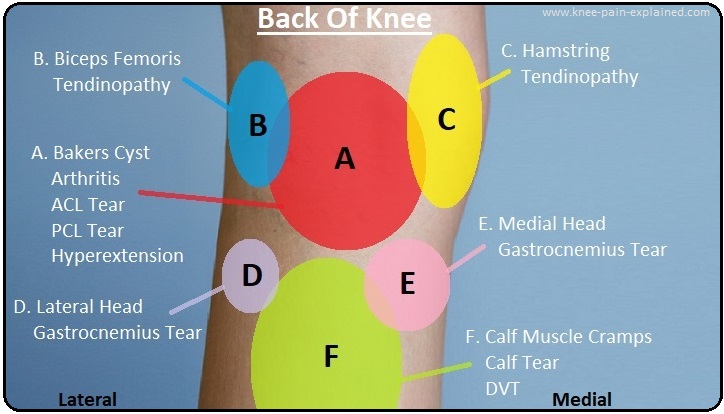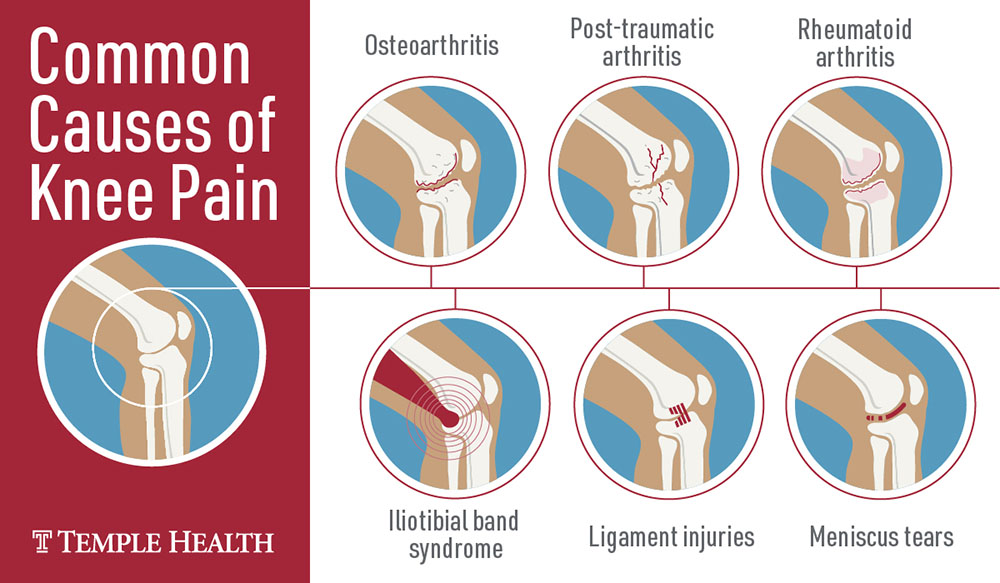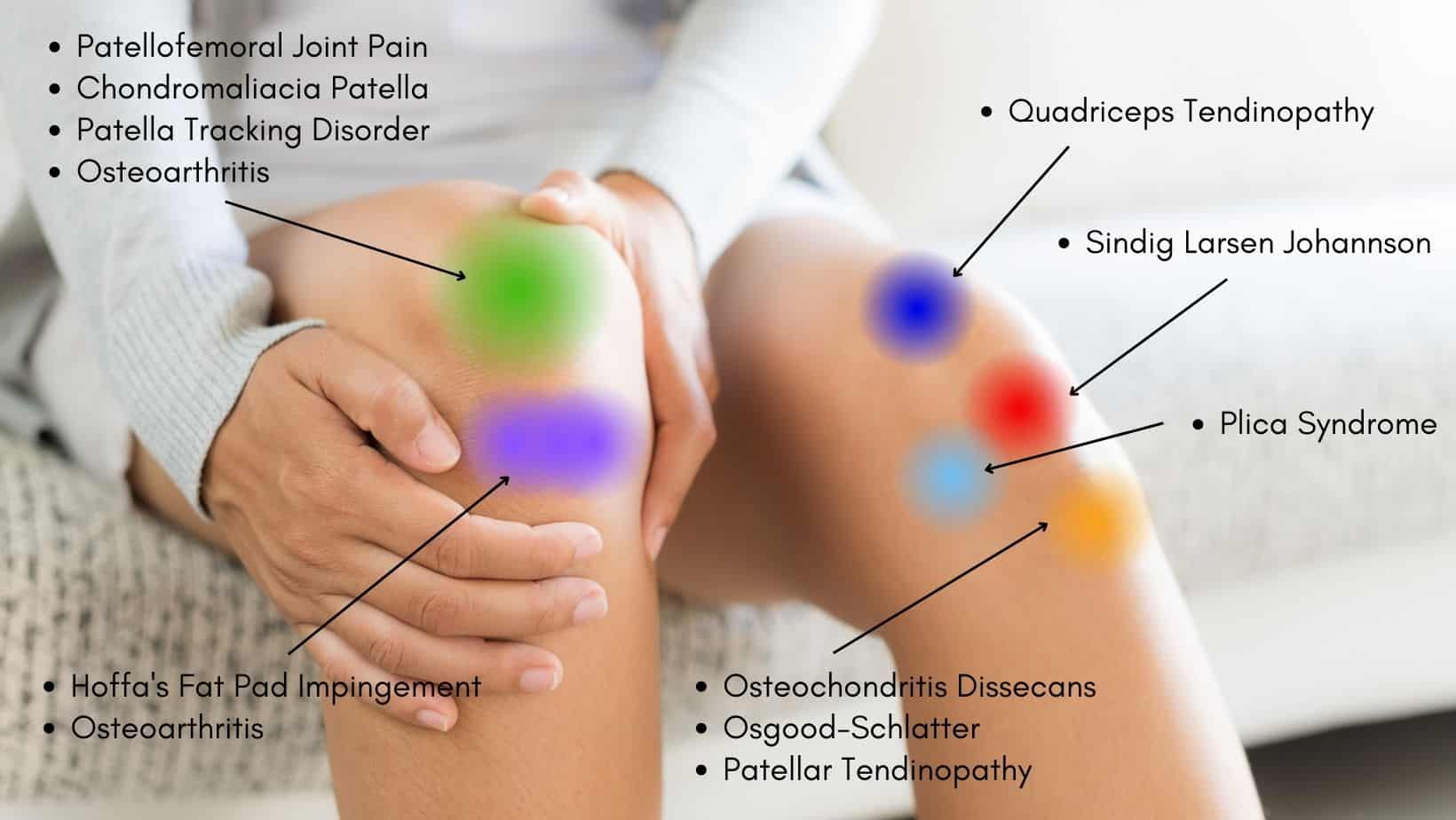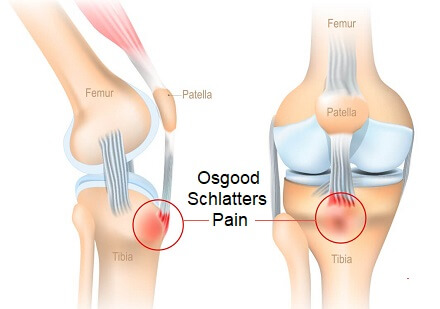Identifying Knee Pain in Front and Below the Knee Cap: A Common Issue
Knee pain below the kneecap, specifically in the front and below the patella, is a common complaint among individuals who engage in regular physical activity or have certain health conditions. This pain can manifest as a sharp, stabbing sensation, a dull ache, or a burning feeling, often worsening with activities such as climbing stairs, running, or squatting. The discomfort may be accompanied by swelling, stiffness, or a grating or popping sensation in the knee.
Anatomy of the Knee Cap and Surrounding Structures
The knee cap, or patella, is a small, triangular bone located at the front of the knee joint. It is embedded within the quadriceps tendon, which connects the powerful quadriceps muscles in the thigh to the tibia bone in the lower leg. The patella’s primary function is to protect the front of the knee joint and facilitate smooth movement of the knee by gliding along a groove in the femur (thigh bone) during bending and straightening.
Surrounding the knee cap are several important structures that contribute to the knee’s stability and functionality. These include the patellar ligament, which connects the patella to the tibia, and the medial and lateral patellofemoral ligaments, which attach the patella to the femur. Additionally, the knee joint is surrounded by a synovial membrane that produces synovial fluid, which lubricates the joint and nourishes the cartilage.
Understanding the anatomy of the knee cap and surrounding structures is essential for appreciating the potential causes of knee pain in front and below the knee cap. Abnormalities or injuries to any of these components can result in discomfort, inflammation, and impaired knee function.
Common Causes of Knee Pain Below the Knee Cap
Knee pain in front and below the knee cap can be attributed to various conditions, with runner’s knee, patellar tendinitis, and chondromalacia patella being among the most prevalent. These conditions often result from overuse, misalignment, or injury to the knee cap and surrounding structures.
Runner’s Knee (Patellofemoral Pain Syndrome)
Runner’s knee, or patellofemoral pain syndrome, is a common overuse injury characterized by pain in the front of the knee, particularly during activities that involve bending the knee, such as running, cycling, or descending stairs. The pain typically arises from the irritation of the cartilage on the underside of the patella, which can be caused by maltracking or misalignment of the knee cap.
Patellar Tendinitis (Jumper’s Knee)
Patellar tendinitis, also known as jumper’s knee, is an inflammation or degeneration of the patellar tendon, the cord-like tissue that connects the patella to the tibia. This condition often results from repetitive stress or overuse, particularly in sports that involve jumping or quick acceleration movements. Symptoms include pain and tenderness at the base of the patella, which can worsen over time if left untreated.
Chondromalacia Patella
Chondromalacia patella is a condition characterized by the softening and degeneration of the cartilage on the underside of the patella. This condition often affects young, active individuals and can result from overuse, misalignment, or trauma to the knee. Symptoms include a dull, aching pain in the front of the knee, particularly during activities that involve bending the knee, such as running, cycling, or ascending or descending stairs.
How to Diagnose Knee Pain in Front and Below the Knee Cap
Diagnosing knee pain in front and below the knee cap involves a systematic process that includes a thorough medical history, physical examination, and, if necessary, imaging techniques. Collaborating with a healthcare professional, such as a primary care physician, sports medicine specialist, or orthopedic surgeon, is crucial to ensure an accurate diagnosis and appropriate treatment plan.
Medical History
A comprehensive medical history is the first step in diagnosing knee pain. The healthcare professional will inquire about the onset, duration, and severity of the pain, as well as any associated symptoms, such as swelling, stiffness, or locking. Additionally, they will ask about the patient’s medical background, including previous injuries, surgeries, and existing medical conditions. This information helps the healthcare professional identify potential causes and contributing factors to the knee pain.
Physical Examination
A physical examination is the next step in diagnosing knee pain. The healthcare professional will assess the knee’s range of motion, stability, and strength, as well as palpate the affected area for tenderness or swelling. They may also perform specific maneuvers to evaluate the patellofemoral joint and surrounding structures, such as the quadriceps and patellar tendons. These tests help identify any abnormalities or dysfunctions that may be contributing to the knee pain.
Imaging Techniques
If the medical history and physical examination do not provide a clear diagnosis, imaging techniques may be employed. Common imaging methods used to diagnose knee pain in front and below the knee cap include:
- X-rays: These provide images of the bones and can help identify any fractures, bone abnormalities, or degenerative changes.
- Computed Tomography (CT) scans: CT scans combine X-ray images taken from multiple angles to create cross-sectional images of the knee, providing more detailed information about the bones and soft tissues.
- Magnetic Resonance Imaging (MRI) scans: MRI scans use magnetic fields and radio waves to produce detailed images of the knee’s soft tissues, such as cartilage, ligaments, and tendons, which can help identify injuries or abnormalities in these structures.
By understanding the diagnostic process for knee pain in front and below the knee cap, readers can feel more informed and confident when seeking medical advice for their knee pain.
Conservative Treatment Options for Knee Pain Below the Knee Cap
Treating knee pain in front and below the knee cap often begins with conservative measures that can be implemented at home or with the guidance of a healthcare professional. These non-surgical treatment options aim to alleviate pain, reduce inflammation, and promote healing of the affected structures.
Rest, Ice, Compression, and Elevation (RICE)
The RICE method is a fundamental treatment approach for acute knee pain and inflammation. Rest allows the knee to recover, while ice reduces swelling and numbs the area, providing temporary pain relief. Compression with an elastic bandage or knee sleeve helps minimize swelling, and elevation above the heart level further reduces inflammation and discomfort.
Physical Therapy
Physical therapy can help strengthen the muscles surrounding the knee cap, improve flexibility, and correct biomechanical issues that may contribute to knee pain. A physical therapist will design a customized exercise program to address the specific needs and goals of the individual, incorporating stretches, strengthening exercises, and balance training. Adhering to a physical therapy plan is essential for long-term knee health and pain management.
Bracing and Support
Wearing a knee brace or patellar strap can provide additional support and stability to the knee, helping to alleviate pain and prevent further injury. These devices work by compressing the affected area, reducing pressure on the knee cap, and maintaining proper alignment of the patellofemoral joint.
Pain Relief Medications
Over-the-counter pain relief medications, such as acetaminophen (Tylenol) and nonsteroidal anti-inflammatory drugs (NSAIDs) like ibuprofen (Advil) and naproxen (Aleve), can help manage knee pain and inflammation. However, long-term use of these medications should be avoided, as they can have adverse side effects on the gastrointestinal system and kidneys.
Lifestyle Modifications
Making lifestyle modifications can also contribute to the reduction of knee pain. Maintaining a healthy weight, practicing proper posture, and modifying activities to minimize stress on the knee joint can all help alleviate discomfort and prevent future knee issues.
When to Seek Medical Attention for Knee Pain in Front and Below the Knee Cap
While many cases of knee pain in front and below the knee cap can be managed with conservative treatments and self-care, there are specific circumstances when professional medical attention is necessary. Consult a healthcare professional if you experience any of the following:
- Persistent pain or swelling that does not improve with rest, ice, compression, and elevation (RICE).
- Inability to bear weight on the affected knee or significant difficulty walking.
- A noticeable deformity or instability in the knee joint.
- Reduced range of motion or inability to fully straighten or bend the knee.
- Signs of an infection, such as warmth, redness, or increased tenderness in the affected area.
- Fever or chills accompanying knee pain and swelling.
- History of trauma or injury to the knee, even if symptoms appear mild or resolve quickly.
- Knee pain that worsens during rest or at night, or interferes with sleep.
- Any other symptoms that cause concern or significantly impact daily activities.
By understanding when to seek medical attention for knee pain in front and below the knee cap, readers can ensure they receive appropriate care and prevent potential complications or long-term damage.
Preventing Knee Pain Below the Knee Cap: Tips and Strategies
Taking proactive measures to prevent knee pain below the knee cap is essential for maintaining long-term knee health and functionality. By incorporating the following tips and strategies into your daily routine, you can minimize the risk of developing knee pain and associated issues.
Proper Warm-Up and Cool-Down Routines
Before engaging in physical activities, perform a dynamic warm-up consisting of light cardio exercises and mobility drills to prepare your knee joint and surrounding muscles for exercise. After your workout, perform a static cool-down routine, which includes stretching exercises to help reduce muscle tension and promote recovery.
Gradual Progression in Exercise Intensity
When starting a new exercise program or increasing the intensity of your current routine, it’s crucial to progress gradually. Rapid increases in exercise volume or intensity can place undue stress on the knee joint, leading to pain and injury. Aim to increase your exercise load by no more than 10% per week to allow your body to adapt to the new demands.
Maintain a Healthy Weight
Excess body weight, particularly in the midsection, can place additional stress on the knee joint, contributing to knee pain and degeneration. By maintaining a healthy weight through a balanced diet and regular exercise, you can help alleviate unnecessary stress on the knee joint and reduce the risk of knee pain and injury.
Strengthen Surrounding Muscles
Strengthening the muscles surrounding the knee joint, including the quadriceps, hamstrings, and gluteal muscles, can help provide additional support and stability to the knee. Incorporate exercises such as squats, lunges, deadlifts, and glute bridges into your workout routine to target these muscle groups.
Wear Appropriate Footwear
Wearing proper footwear during exercise and daily activities can help absorb shock and provide additional support to the knee joint. Choose shoes that are designed for your specific activity and replace them regularly to ensure adequate cushioning and support.
Practice Good Posture and Body Mechanics
Maintaining good posture and using proper body mechanics during daily activities can help prevent unnecessary stress on the knee joint. Be mindful of your alignment during tasks such as sitting, standing, walking, and lifting, and avoid crossing your legs or placing undue pressure on your knees.
Listen to Your Body
Pay attention to your body’s signals and avoid pushing through pain or discomfort. If you experience knee pain during or after exercise, give your body time to recover and seek professional advice if necessary.
Living with Knee Pain in Front and Below the Knee Cap: Navigating Daily Life
Knee pain in front and below the knee cap can impact various aspects of daily life, from exercise and work to household chores and leisure activities. By implementing thoughtful modifications and strategies, individuals can continue to engage in their daily routines while minimizing knee discomfort and potential aggravation.
Modifying Exercise Routines
When experiencing knee pain, it’s essential to adjust exercise routines to accommodate the injury. Consider the following modifications:
- Choose low-impact exercises, such as swimming, cycling, or using an elliptical machine, to reduce stress on the knee joint.
- Shorten your running or walking distance and gradually increase the distance as your knee pain improves.
- Perform exercises that strengthen the muscles surrounding the knee, such as squats, lunges, and leg presses, using lighter weights and higher repetitions.
- Avoid exercises that exacerbate knee pain, such as deep squats, high-impact jumping, or activities that involve sudden stops or changes in direction.
Adjusting Work Tasks
Adapting work tasks can help alleviate knee pain and prevent further aggravation. Consider the following adjustments:
- Request a standing desk or use a high chair to work while standing, if possible.
- Take frequent breaks to stretch and move around, changing positions to reduce knee stiffness.
- Use ergonomic equipment, such as a kneeling chair or cushioned floor mat, to minimize pressure on the knee joint.
- Avoid prolonged periods of sitting on the floor or kneeling, especially on hard surfaces.
Managing Household Chores
Modifying household chores can help reduce knee strain. Consider the following adjustments:
- Use a stool or chair to sit while doing tasks that require prolonged kneeling, such as gardening or cleaning.
- Opt for a vacuum cleaner with an adjustable handle or a lightweight, cordless model to reduce strain while cleaning.
- Divide heavy tasks, such as laundry or grocery shopping, into smaller, more manageable loads.
- Utilize assistive devices, such as long-handled dustpans or reachers, to minimize bending and kneeling.
Engaging in Leisure Activities
Participating in leisure activities that do not exacerbate knee pain can help maintain a positive quality of life. Consider the following options:
- Swimming or water aerobics can provide low-impact exercise and pain relief due to the buoyancy of water.
- Gentle yoga or tai chi classes can improve flexibility, balance, and strength without placing undue stress on the knee joint.
- Attend cultural events, such as concerts or plays, where seating is available, or participate in low-impact hobbies, such as painting or photography.







